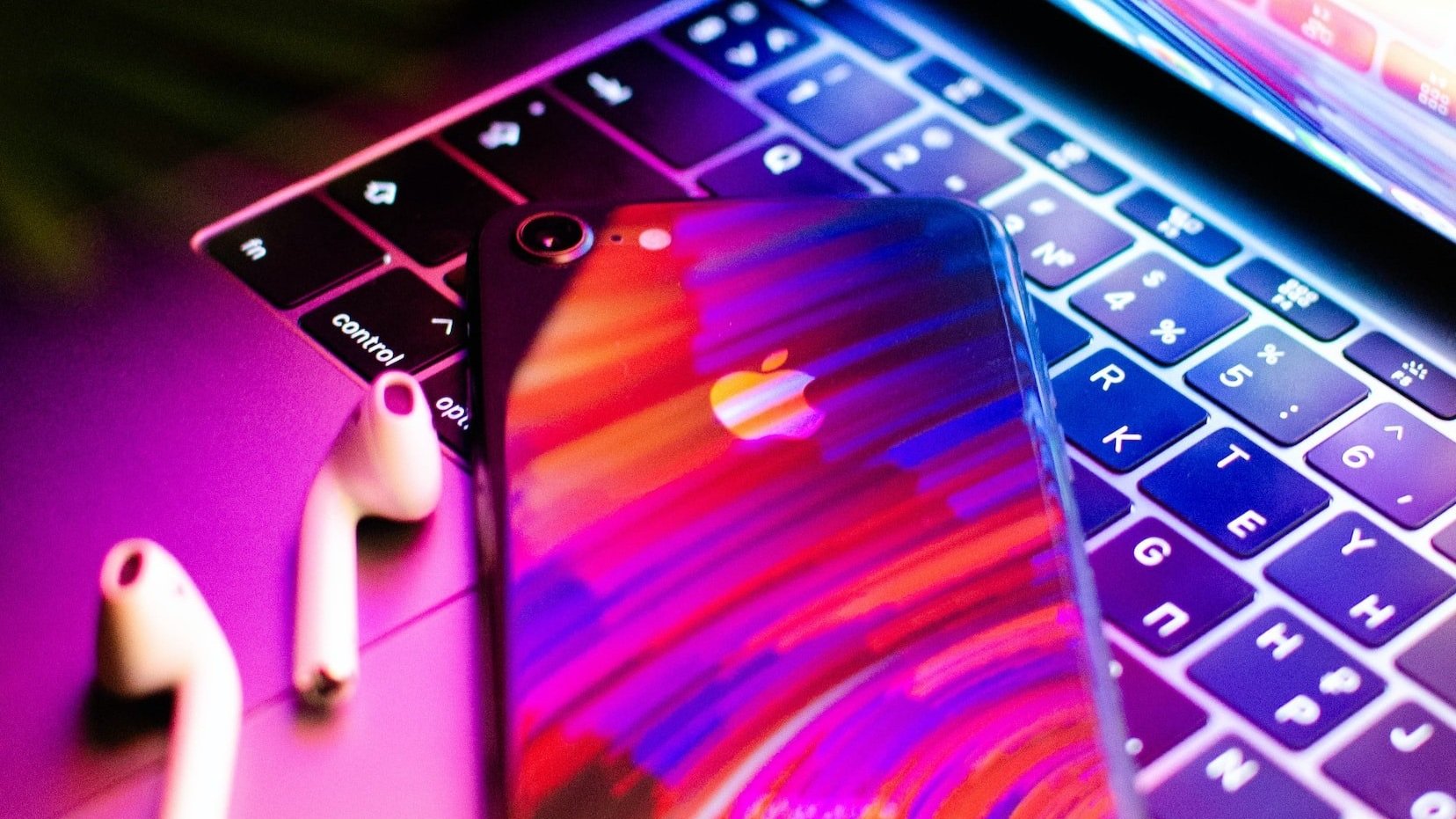What are the new trends in tech for 2023?
Threats are just as likely to emerge due to improperly secured networks leaving sensitive data accidentally exposed, or unwary or indiscreet employees using non-secured devices while working from home.
A shift to a culture of home and remote working that started during the Covid-19 pandemic and has persisted in many organizations, as well as the spread of the internet of things (IoT) into every area of business and society, means there has never been more opportunity for laid back security to cause headaches and expense.
Cyber security
The more devices we connect together the more potential back doors and windows exist. This is a way that attackers can make their way into secure data. With an increase of wearable devices and smart home technology, they are often not used to store sensitive data, but can be used as gateways for attackers. Having a secure cloud system is a governmental initiative that will be coming into effect, starting in 2023.
Recently, a cybersecurity priority for many organizations has been to secure the millions of devices worldwide that are being used for home and remote working since the start of the pandemic.
However, for companies, it is becoming increasingly apparent that personal devices are also being used for work that isn’t protected by their IT systems. Connecting to networks with non-secured devices can lead to phishing attacks through human error, such as tricking users into sharing passwords.
Addressing Ransomware and threats
Working remotely in large teams can mean that it is possible that the whole team won’t actually know each other. Accounts can be made to impersonate employees. It also increases the threat of ransomware. This is where software is injected into the network that can erase valuable data unless users pay out the ransom. This has caused havoc in lots of large companies losing lots of data. There is a big movement in 2023 that will increase Cyber security measures from all aspects of technology involved in businesses and avoid the worst happening and losing valuable data.
An Example of this was Acer computer design/manufacturer.
Using a Microsoft Exchange server vulnerability, Revil hackers gained access to Acer data and leaked images of personal spreadsheets and financial documents. A hefty ransom of $50 million was requested. However, Acer has never confirmed whether the ransom was paid or not.
MFA
With Cyber security increasing in 2023 we have grown to understand the term ‘2FA’ Two Factor Authentication. However, it is likely technology will be moving to ‘MFA’ Multi-factor authentication. This will be where there will be more than two levels of security to access data and personal accounts, etc.
GDPR & AI regulations
The UK is changing the GDPR regulations to its own British data protection system. This reshaping will be more business and consumer-friendly. This has come into effect as a result of Brexit and post- covid working changes.
The privacy field has been expanded in terms of what clients are interested in and where the trends are coming from.
Everyone is digitalising post-covid. Rapid digitalisation means the need for updates for the GDPR standards.
Transparency and consent are the main areas of update in GDPR. Transparency - more detailed and informative privacy notices are required; the purpose of, and legal basis for, processing must be explained. Consent - must be freely given, specific, informed, and unambiguous; consent must be provided by clear affirmative action.



